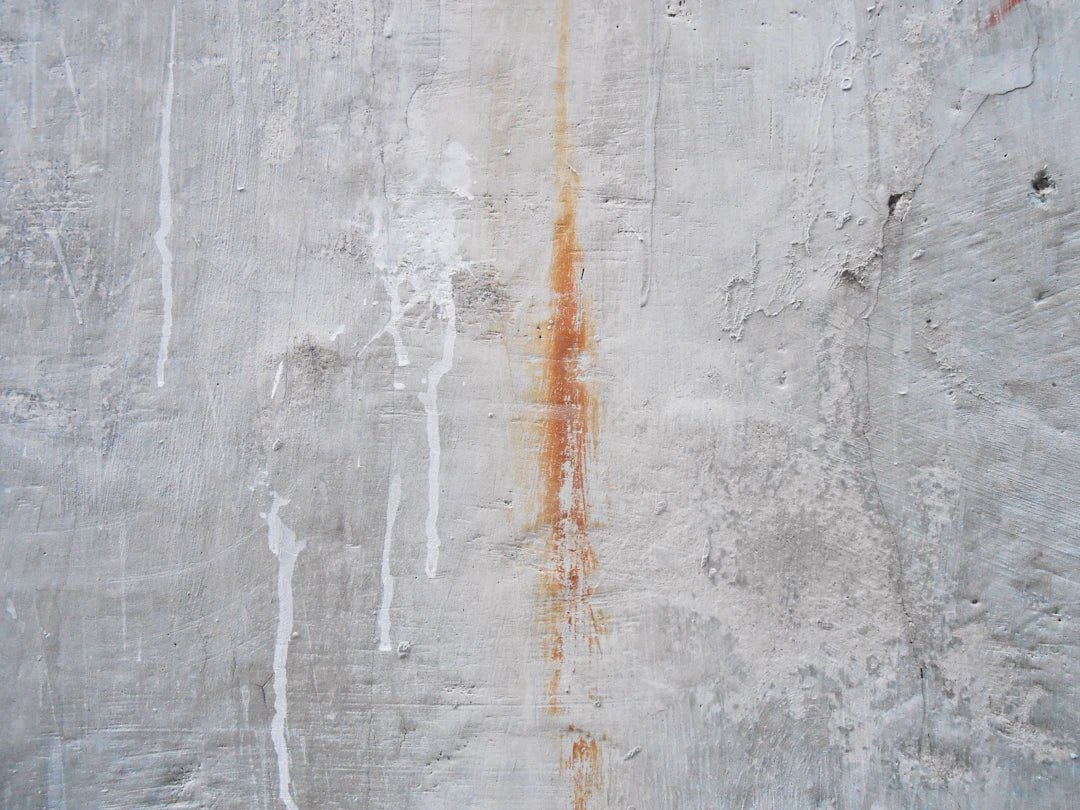Frequently Asked Questions
1. What are the two main types of stains?
2. How should I react to a stain when it happens?
3. What is a recommended method for treating coffee stains?
4. How can I effectively remove makeup stains?
5. What preventive measures can I take to avoid future stains?
Tough stains can be a nightmare, whether they're on your clothes, carpets, or upholstery. However, with the right knowledge and techniques, you can tackle even the most stubborn stains. This comprehensive guide will provide you with effective tips and tricks to handle tough stains, ensuring your home remains pristine.
Understanding Stains: The Basics
Before diving into stain removal techniques, it’s crucial to understand the types of stains you'll be dealing with. Stains can generally be categorized into two main types::
- Water-soluble stains: These stains come from substances like coffee, tea, and soda. They are easier to remove since they can be diluted with water.
- Oil-based stains: These are tougher to tackle and include grease, makeup, and blood. They require specific solvents for effective removal.
General Tips for Stain Removal
Regardless of the type of stain, some universal steps can help you effectively deal with stains:
- Act fast: The sooner you address a stain, the easier it will be to remove. Don't let it sit for long.
- Blot, don’t rub: Blotting a stain gently with a clean cloth can prevent it from spreading or becoming ingrained.
- Test your cleaner: Always test any cleaning solution on a small, inconspicuous area first to avoid damage.
Stain Removal Techniques by Stain Type
Water-Soluble Stains
Water-soluble stains are generally the easiest to remove. Below are specific tips for tackling these stains:
Coffee and Tea Stains
To treat coffee or tea stains:
- Blot up as much liquid as possible with a clean cloth.
- Mix a solution of mild dish soap and water. Apply this solution to the stain.
- Blot the stained area with a clean cloth until the stain lifts.
- Rinse the area with cold water to remove any soap residue.
Juice or Soda Stains
For juice or soda stains, follow these steps:
- Immediately blot the stain with a paper towel to soak up excess liquid.
- Create a mixture of cold water and white vinegar, then apply it to the stain.
- Blot the area with a clean cloth until the stain diminishes.
Oil-Based Stains
Oil-based stains require a bit more effort and specific techniques:
Grease Stains
To remove grease from fabric or upholstery, try this method:
- Blot the stain gently with a cloth to absorb any excess oil.
- Sprinkle cornstarch or baby powder on the stain and let it sit for 15-20 minutes.
- Brush off the powder and treat the area with a stain remover or dish soap diluted in water.
Makeup Stains
For makeup stains such as foundation or lipstick, you can use these steps:
- Blot off any excess makeup with a clean cloth.
- Use a cotton ball dabbed in rubbing alcohol to gently lift the stain.
- Once the stain is lifted, rinse the area with cold water.
Carpet and Upholstery Stain Removal
When dealing with stains on carpets or upholstery, the process is slightly different but still manageable:
Food and Beverage Stains
For food and beverage stains on carpets:
- Scrape any solid residue from the stain gently.
- Mix one cup of white vinegar, one cup of water, and a tablespoon of dish soap.
- Apply this solution to the stain using a clean cloth.
- Blot the stain until it lifts, then rinse with cold water.
Pet Stains
Pet stains can be particularly stubborn. Here’s how to manage them:
- Remove any solids first, then blot the area with a clean cloth.
- Create a mixture of vinegar and water in equal parts and apply to the stain.
- Allow it to air dry, then vacuum the area once it’s dry.
Screen Cleaner: Dual Functionality
A good screen cleaner can also come in handy during stain removal. Not only is it effective for your electronic devices, but it can also be used on glass surfaces to remove smudges created during your cleaning process.
Using a Screen Cleaner
Here’s how you can use a screen cleaner effectively:
- Spray a small amount of screen cleaner onto a microfiber cloth. Avoid spraying directly onto screens or surfaces.
- Wipe down the stained area carefully, taking care not to apply too much pressure.
- Use a dry section of the cloth for a final buff, leaving the surface streak-free.
Specialty Stain Removal Techniques
Sometimes, you’ll face stains that don’t fit the norm. Here are some specialized techniques for those unique challenges:
Ink Stains
Ink stains require quick action:
- Place a paper towel or cloth underneath the stained fabric to absorb excess ink.
- Dab the stain with rubbing alcohol or hand sanitizer using a cotton ball.
- Blot until the ink lifts, then rinse with cold water.
Blood Stains
For blood stains, always use cold water:
- Blot the area with cold water first to remove as much blood as possible.
- Apply a paste of baking soda and water directly to the stain.
- Let it sit for about 30 minutes, then rinse with cold water.
Preventing Future Stains
While removing stains is essential, preventing them in the first place is even better. Here are some tips for maintaining a stain-free environment:
- Use protective sprays: Consider applying fabric protectants to upholstery and carpets to help repel stains.
- Clean spills immediately: Address any spills as they happen to minimize their chances of setting in.
- Implement rules: If you have kids or pets, establish rules regarding food and drinks in certain areas to reduce the likelihood of stains.
Unlocking the Secret to Stain-Free Living
In the battle against stains, knowledge is your most powerful weapon. Whether the stain is big or small, having the right methods and solutions at your disposal can make all the difference. With these tips and tricks, you are well-equipped to tackle tough stains head-on. Remember, the sooner you act, the better the chances of complete stain removal. By following these guidelines, you’ll ensure that your home stays beautiful and stain-free, allowing you to focus on what really matters – creating a space you love. Happy cleaning!
Visit one of our fellow Shopify or Wix users' stores by clicking this store link. Please note that this is a promotional link, and we are not responsible for the content of the linked store.


Share:
Eco-Friendly Cleaning: Best Practices for a Greener Home
Efficiently Organizing Your Cleaning Supplies at Home